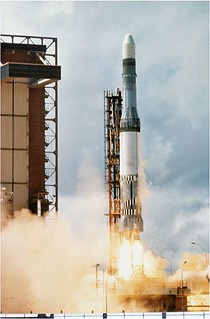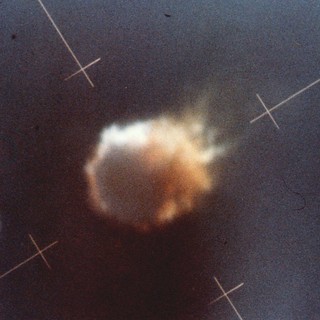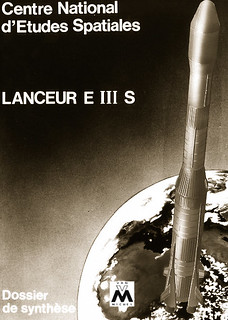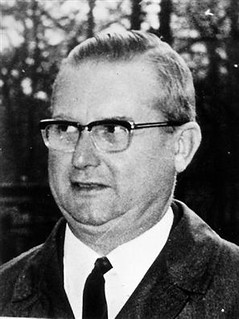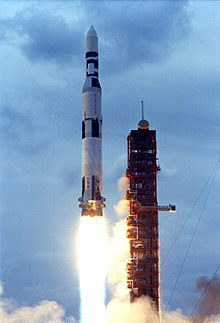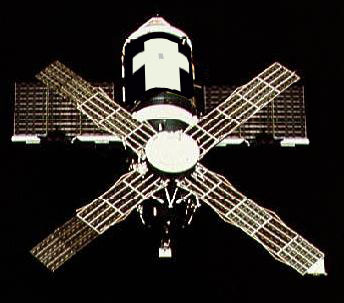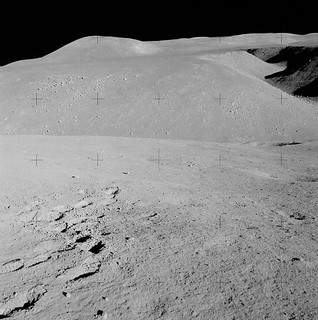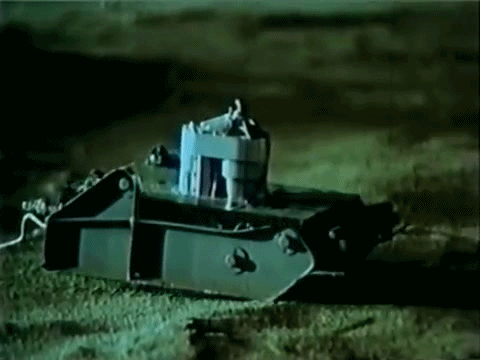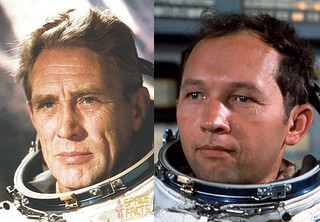Post 38 soviet space activity in 1973
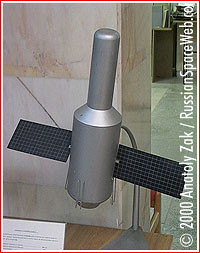
Salyut
Finally after technical problems and delays the first Salyut OS-7K station and Soyuz 7K-7 arrived at Baikonur in 1973
Salyut program start as Tema: Salyut in November 1967 scheduled for launch in spring 1971
OKB-1 leading the project reused old study for manned Heavy interplanetary Spacecraft (Russian abb. TMK) by G U Maksimov in 1959.
1965 the study underwent a revision, finally to redesign in 1968 to a Orbital Station launch by Proton rocket.
But in 1970 Salyut ran into problems.
OKB-1 was running at full capacity, with rocket buildings, the Lunar program and the Space Station program suffering from lack of personnel and material.
MoM order of OKB-52 to help build the Station on OKB-1 plans, there was a certain irony to how OKB-52 now had to build the space station.
Their boss Vladimir Chelomei had proposed his Almaz, a military space station to MoM, what had refused the proposal, because Chelomei demand on development of the UR-500 rocket and TKS spacecraft.
Although the Boss of OKB-52 could have be happy to do something for the space race, he went to Military complaining about the status of Salyut program and promoted Almaz.
Military-industrial Commission Chairman Ustinov was not amused at all, about Chelomei arrogant behavior and his talking shit about his colleagues.
MoM had enough of Chelomei's escapades and fired Him with OKB-52 became branch of OKB-1!
OKB-52 engineers in the mean time modified the construction to leave out unnecessary parts and systems like a second docking port or installing four Soyuz solar panel for power supply.
The originally planned feature would be installed in later version of Salyut in the second half of the Ninth Five-Year Plan (1971-1976)
As Mishin and Maksimov finally could overlook OKB-52 operation, they discovered Vladimir Chelomei had been neglecting the Salyut project.
In the mean time OKB-1 modified the Soyuz for the space station, the 7K-7 featured docking tunnels so three men crew could enter the Space station without spacewalking in Spacesuits.
But the first unmanned test of Soyuz 7K-7 in January 1972 ended in decompression of Return Module, what let to serious overwork on explosive bolt electrical system and reducing the crew from three cosmonauts without pressure suits to two cosmonauts with pressure suit.
On 11 May 1973, Salyut 1 was launched successful into a 200 x 222 km orbit.
Three day later Soyuz 7 launched with Vladimir Shatalov and Nikolai Rulavihnikov on board, on 15th of May Soyuz 7 docked with station and the crew enter it.
During first days the crew checked the station's functions and it's onboard system and equipment.
After that they tested the station automatic and manual controls for orientation & navigation and maneuvering the Station. The mission ended after 30 days.
On July Soyuz 8 launched with Georgy Dobrovolsky and Victor Patsayev on board,
Upon entering the station they found bad surprise a smoky atmosphere do fault in ventilation system. They had to replace burn blower and spent the next days in Soyuz until the air was clean again.
Despite this their mission was productive on experiments and observations.
But on day 11 a fire broke out on station (first case in space) which almost lead to them abandoning the station, but after putting out the fire they stayed for another 30 days on board then return to Earth.
Finally an unmanned Soyuz (as Cosmos 557) dockt with Salyut and remained 3 months there for long-duration test of spacecraft storage.
It carry several experiments in return capsule, after 175 days Salyut 1 reenter the Earth atmosphere and burned up.
The three mission show that Salyut station was operational and it's Crew could manage it’s problems like fires on board.
Now it was the turn for the military and their OSP-7k version of Salyut, featuring reconnaissance cameras, scheduled to be launch in April 1974.
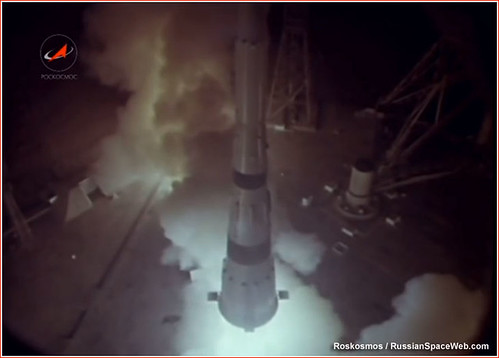
Zond 19 Mission
After the last manned Soyuz mission to Salut-1, the time was right for launch of a Zond to Moon.
This time the Soviets tried to land at higher latitude than the Americans had for moment, thanks to performing translunar injection at 51° orbital inclination.
The target lied in between Sinus iridum and Mare Imbrium.
The goal of the Mission was to collect sample containers from Lunokhod 10 and to take core drill samples at landing site.
On July 14 Pyotr Klimuk and Valentin Lebedev were launch to Moon.
Klimuk landed near Lunokhod 10 on July 20 after a flawless mission he returned 6 hours later to LOK, 72 hours later and Zond 19 landed in the USSR.
The results were interesting to say the least:
Sinus iridum was part of Mare Imbrium disproving the theses of professor Harold C. Urey.
Lunokhod 10 took samples showing new type of Basaltic rock rich on titanium-iron oxide mineral from mare Imbrium.
Also showing it had a high concentrations of potassium. but very low on thorium.
In the mean time at MoM they studied a proposal that would allow unmanned sample return from the Moon. The proposition was to land an unmanned Luna type lander with a robotic arm and small ascent stage.
The robotic arm would put lunar samples into it and seal it, then it would return with it's own sample to Earth.
It sounded like an innovative low-cost idea, but in reality it was not, OKB-301 responsible for Lunokhod program studied the proposal.
There conclusion under current cost and hardware, it could bring only 170 grams of Lunar Sample back to Earth, which was not worth compared to the L3 program.
MoM abandoned the idea, still 3 years to go until first L3M Mission, if is not victims of delays…
Another proposal of the Soviet Academy of Science was taking shape
In 1970 they proposed to train Geologists as cosmonauts and LK pilots
Head of the Cosmonaut team Vladimir Komarov expected that Zond 21 and 22 would be first Geologists Mission.
Zond 20 Mission
Near end of year follow next lunar mission again to land higher Latitude. This time Sinus Roris south east of Lunar crater Markov, named after the famous Soviet Astrophysicist.
Lunokhod 11 travel around 39 km and collected samples.
Lev Vorobiyov and Valeri Yazdovsky launched with Zond 20 on December 12th.
Vorobiyov landed the LK near the Rover on the 17th December.
Sadly the drill got stuck so Vorobiyov could not take drill sample and so he was forced to take surface sample back to Earth were they land on December 21.
The samples show that Sinus Roris was extension of Oceanuns Procellarum
Inter Continental Ballistic Missile
At same time the USSR Military had accelerated work on new ICBM to replace the R-16
Because the USA had conducted in last three years a series of test that troubles the KGB and Military
First were Test of multiple independently reentry vehicle with Minutemen carry three warhead dummies over the Pacific.
Second was the drop test of Minutemen from C-5 Galaxy to test Air-launch ICBM.
Third was a project called Missile eXperimental (MX in short). For new generation of Land-based ICBM with 10 to 20 warheads and total new deployment system.
The Minutemen drop and launch tests from Aircraft indicate that the USA was working on that too.
This led Soviets to overthink there ICBM concept and to create new opportunities,
Like modified the already in work R-36 to adapt for multiple independently reentry vehicle
Other option was to D&R new ICBM with Solid motor on a Mobile launcher like Train, Aircraft or ground vehicle, but that would be ready in 1980s.
But there was a faster way, the Fractional Orbital Bombardment System (FOBS) this would in case of War launch a nuclear warhead into low orbit
were it can attack the target from any side, like USA from south were NORAD early waring system was most vulnerable.
FOBS would go perfect with new R-36 ICBM.
Despite the Outer Space Treaty of 1967 that forbid Nuclear weapons in Earth orbit, it did not ban launch system. Tests of FOBS without a warhead would not violate the treaty.

Salyut
Finally after technical problems and delays the first Salyut OS-7K station and Soyuz 7K-7 arrived at Baikonur in 1973
Salyut program start as Tema: Salyut in November 1967 scheduled for launch in spring 1971
OKB-1 leading the project reused old study for manned Heavy interplanetary Spacecraft (Russian abb. TMK) by G U Maksimov in 1959.
1965 the study underwent a revision, finally to redesign in 1968 to a Orbital Station launch by Proton rocket.
But in 1970 Salyut ran into problems.
OKB-1 was running at full capacity, with rocket buildings, the Lunar program and the Space Station program suffering from lack of personnel and material.
MoM order of OKB-52 to help build the Station on OKB-1 plans, there was a certain irony to how OKB-52 now had to build the space station.
Their boss Vladimir Chelomei had proposed his Almaz, a military space station to MoM, what had refused the proposal, because Chelomei demand on development of the UR-500 rocket and TKS spacecraft.
Although the Boss of OKB-52 could have be happy to do something for the space race, he went to Military complaining about the status of Salyut program and promoted Almaz.
Military-industrial Commission Chairman Ustinov was not amused at all, about Chelomei arrogant behavior and his talking shit about his colleagues.
MoM had enough of Chelomei's escapades and fired Him with OKB-52 became branch of OKB-1!
OKB-52 engineers in the mean time modified the construction to leave out unnecessary parts and systems like a second docking port or installing four Soyuz solar panel for power supply.
The originally planned feature would be installed in later version of Salyut in the second half of the Ninth Five-Year Plan (1971-1976)
As Mishin and Maksimov finally could overlook OKB-52 operation, they discovered Vladimir Chelomei had been neglecting the Salyut project.
In the mean time OKB-1 modified the Soyuz for the space station, the 7K-7 featured docking tunnels so three men crew could enter the Space station without spacewalking in Spacesuits.
But the first unmanned test of Soyuz 7K-7 in January 1972 ended in decompression of Return Module, what let to serious overwork on explosive bolt electrical system and reducing the crew from three cosmonauts without pressure suits to two cosmonauts with pressure suit.
On 11 May 1973, Salyut 1 was launched successful into a 200 x 222 km orbit.
Three day later Soyuz 7 launched with Vladimir Shatalov and Nikolai Rulavihnikov on board, on 15th of May Soyuz 7 docked with station and the crew enter it.
During first days the crew checked the station's functions and it's onboard system and equipment.
After that they tested the station automatic and manual controls for orientation & navigation and maneuvering the Station. The mission ended after 30 days.
On July Soyuz 8 launched with Georgy Dobrovolsky and Victor Patsayev on board,
Upon entering the station they found bad surprise a smoky atmosphere do fault in ventilation system. They had to replace burn blower and spent the next days in Soyuz until the air was clean again.
Despite this their mission was productive on experiments and observations.
But on day 11 a fire broke out on station (first case in space) which almost lead to them abandoning the station, but after putting out the fire they stayed for another 30 days on board then return to Earth.
Finally an unmanned Soyuz (as Cosmos 557) dockt with Salyut and remained 3 months there for long-duration test of spacecraft storage.
It carry several experiments in return capsule, after 175 days Salyut 1 reenter the Earth atmosphere and burned up.
The three mission show that Salyut station was operational and it's Crew could manage it’s problems like fires on board.
Now it was the turn for the military and their OSP-7k version of Salyut, featuring reconnaissance cameras, scheduled to be launch in April 1974.

Zond 19 Mission
After the last manned Soyuz mission to Salut-1, the time was right for launch of a Zond to Moon.
This time the Soviets tried to land at higher latitude than the Americans had for moment, thanks to performing translunar injection at 51° orbital inclination.
The target lied in between Sinus iridum and Mare Imbrium.
The goal of the Mission was to collect sample containers from Lunokhod 10 and to take core drill samples at landing site.
On July 14 Pyotr Klimuk and Valentin Lebedev were launch to Moon.
Klimuk landed near Lunokhod 10 on July 20 after a flawless mission he returned 6 hours later to LOK, 72 hours later and Zond 19 landed in the USSR.
The results were interesting to say the least:
Sinus iridum was part of Mare Imbrium disproving the theses of professor Harold C. Urey.
Lunokhod 10 took samples showing new type of Basaltic rock rich on titanium-iron oxide mineral from mare Imbrium.
Also showing it had a high concentrations of potassium. but very low on thorium.
In the mean time at MoM they studied a proposal that would allow unmanned sample return from the Moon. The proposition was to land an unmanned Luna type lander with a robotic arm and small ascent stage.
The robotic arm would put lunar samples into it and seal it, then it would return with it's own sample to Earth.
It sounded like an innovative low-cost idea, but in reality it was not, OKB-301 responsible for Lunokhod program studied the proposal.
There conclusion under current cost and hardware, it could bring only 170 grams of Lunar Sample back to Earth, which was not worth compared to the L3 program.
MoM abandoned the idea, still 3 years to go until first L3M Mission, if is not victims of delays…
Another proposal of the Soviet Academy of Science was taking shape
In 1970 they proposed to train Geologists as cosmonauts and LK pilots
Head of the Cosmonaut team Vladimir Komarov expected that Zond 21 and 22 would be first Geologists Mission.
Zond 20 Mission
Near end of year follow next lunar mission again to land higher Latitude. This time Sinus Roris south east of Lunar crater Markov, named after the famous Soviet Astrophysicist.
Lunokhod 11 travel around 39 km and collected samples.
Lev Vorobiyov and Valeri Yazdovsky launched with Zond 20 on December 12th.
Vorobiyov landed the LK near the Rover on the 17th December.
Sadly the drill got stuck so Vorobiyov could not take drill sample and so he was forced to take surface sample back to Earth were they land on December 21.
The samples show that Sinus Roris was extension of Oceanuns Procellarum
Inter Continental Ballistic Missile
At same time the USSR Military had accelerated work on new ICBM to replace the R-16
Because the USA had conducted in last three years a series of test that troubles the KGB and Military
First were Test of multiple independently reentry vehicle with Minutemen carry three warhead dummies over the Pacific.
Second was the drop test of Minutemen from C-5 Galaxy to test Air-launch ICBM.
Third was a project called Missile eXperimental (MX in short). For new generation of Land-based ICBM with 10 to 20 warheads and total new deployment system.
The Minutemen drop and launch tests from Aircraft indicate that the USA was working on that too.
This led Soviets to overthink there ICBM concept and to create new opportunities,
Like modified the already in work R-36 to adapt for multiple independently reentry vehicle
Other option was to D&R new ICBM with Solid motor on a Mobile launcher like Train, Aircraft or ground vehicle, but that would be ready in 1980s.
But there was a faster way, the Fractional Orbital Bombardment System (FOBS) this would in case of War launch a nuclear warhead into low orbit
were it can attack the target from any side, like USA from south were NORAD early waring system was most vulnerable.
FOBS would go perfect with new R-36 ICBM.
Despite the Outer Space Treaty of 1967 that forbid Nuclear weapons in Earth orbit, it did not ban launch system. Tests of FOBS without a warhead would not violate the treaty.
Last edited:
